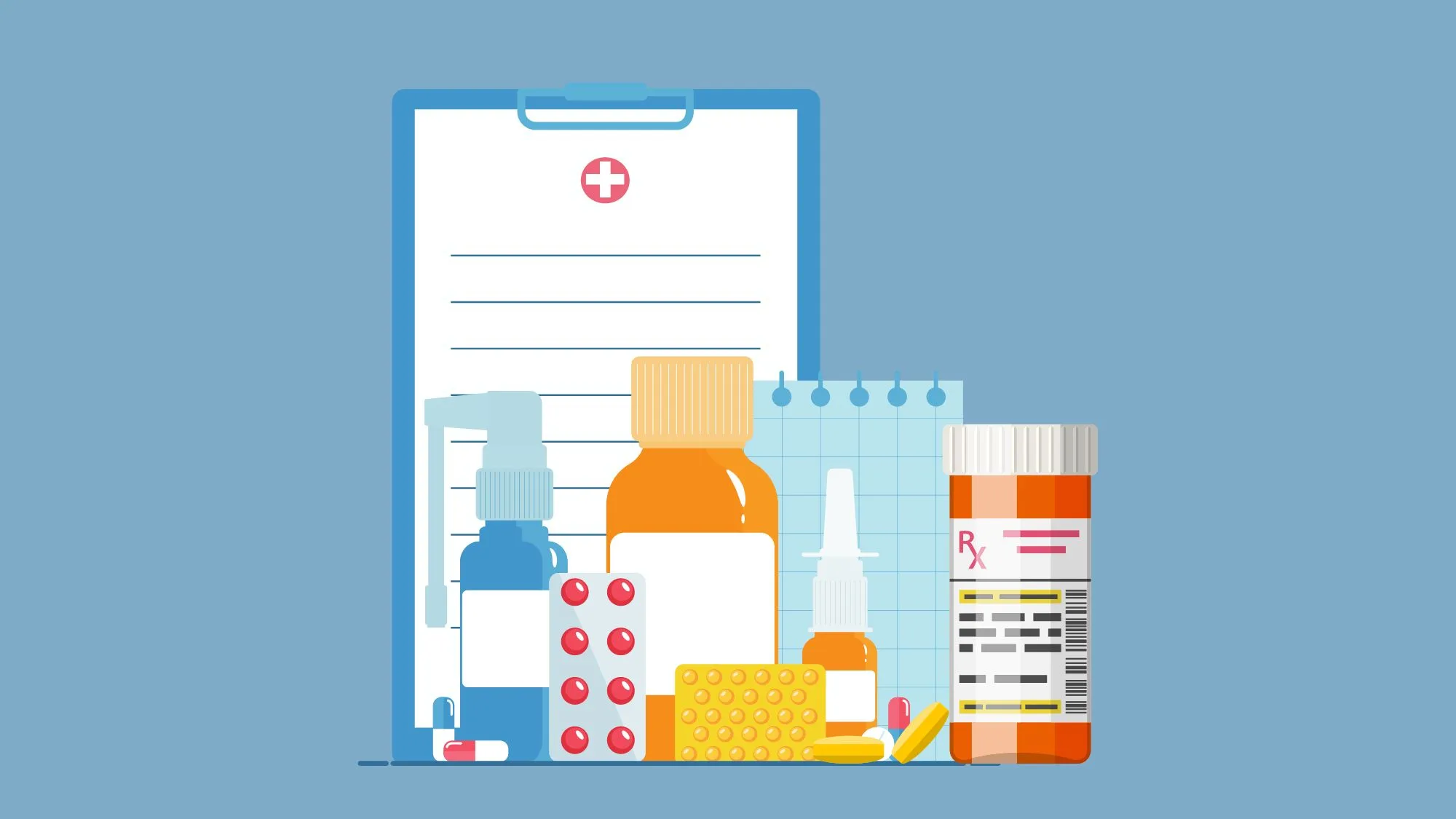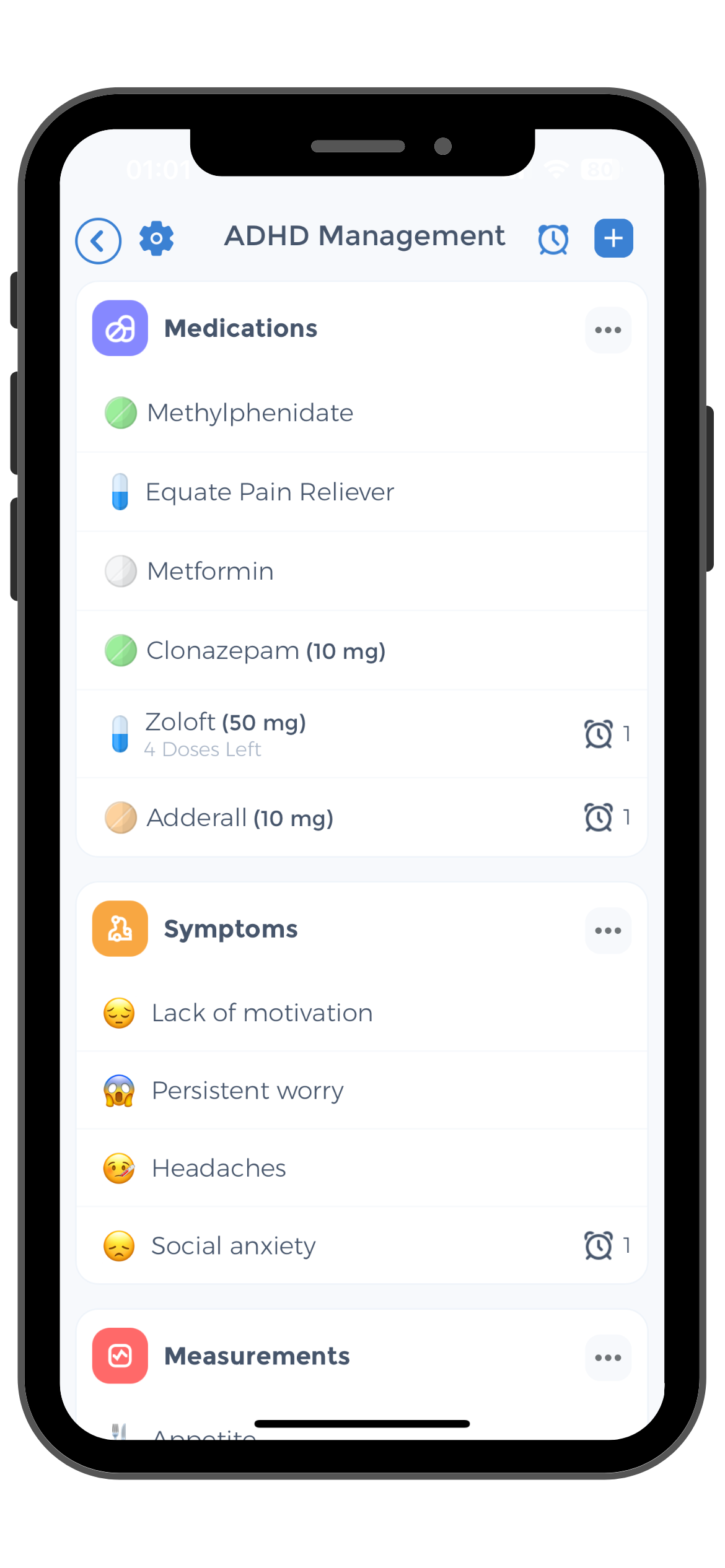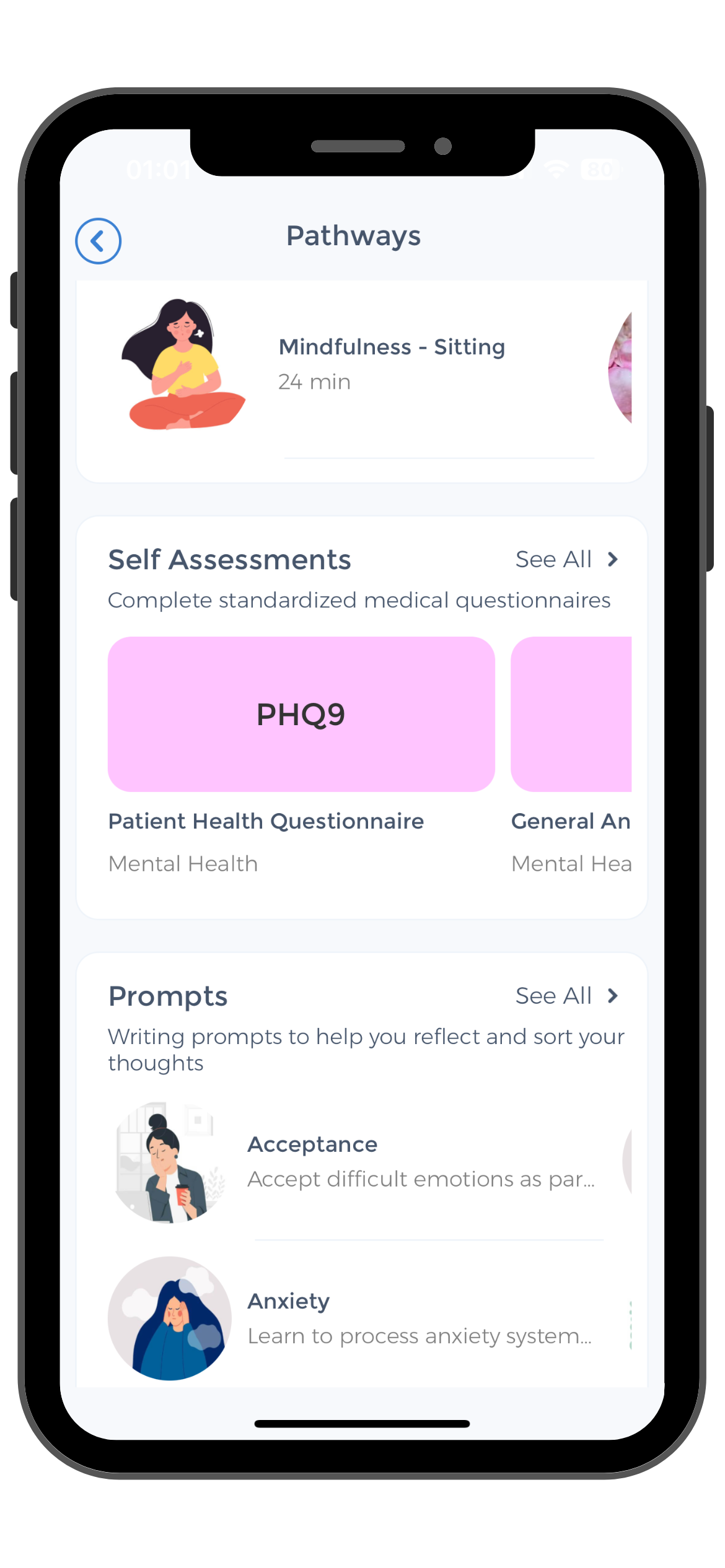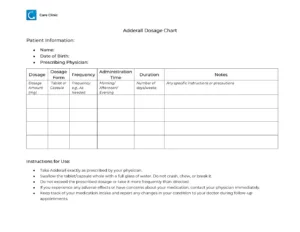
In this article, we will explore everything you need to know about Adderall XR dosage. Including understanding what Adderall is and how it works, the importance of adderall dosing, and adderall misuse. Deciphering the Adderall dosage chart, factors that influence bothersome adverse reactions, and monitoring and adjusting dosage for adults over time. So let’s dive in!
Understanding Adderall Daily Dosage: What It Is and How It Works
Before we delve into Adderall dosage, let’s take a moment to understand what Adderall is and how it works. Adderall is a prescription medication that contains two active ingredients: amphetamine and dextroamphetamine. These stimulant medications work by enhancing the levels of certain chemicals in the brain that are associated with attention and impulse control.
It is important to note that Adderall is primarily prescribed to treat attention-deficit hyperactivity disorder (ADHD) and narcolepsy. While it may be tempting to use Adderall for other purposes, such as enhancing focus or improving academic performance, it should only be taken under the supervision of a healthcare professional.
Understanding how Adderall works involves looking at its impact on neurotransmitters in the brain. The active ingredients in Adderall, amphetamine, and dextroamphetamine, work by increasing the release of neurotransmitters like dopamine and norepinephrine. These neurotransmitters are crucial for regulating attention, focus, and behavior. Which is why Adderall can help individuals with ADHD improve their symptoms.
Adderall Dosage Chart Template
⬇️ Printable Adderall Dosage Chart Template
The Active Ingredients in Adderall
Adderall contains two active ingredients: amphetamine and dextroamphetamine. These substances stimulate the release of neurotransmitters such as dopamine and norepinephrine. Which play important roles in regulating attention and behavior.
When these neurotransmitters are increased in the brain, individuals may experience improved focus, attention, and impulse control. This can be particularly beneficial for individuals with ADHD. As it can help them better manage their symptoms and navigate daily tasks more effectively.
The Role of Adderall in Treating ADHD
Adderall is commonly prescribed to individuals with ADHD. It helps improve focus, attention, and impulse control, allowing individuals to better manage their symptoms and engage in daily activities. However, it is important to remember that Adderall is not a cure for ADHD. But rather a tool that can be used to help manage the symptoms.[1]
The Importance of Correct Dosage
When it comes to taking Adderall, it is crucial to follow the dosage instructions provided by your healthcare provider. Taking the correct dosage ensures that you achieve the desired therapeutic effects while minimizing the risk of side effects.
It is important to note that the dosage of Adderall can vary depending on factors such as age, weight, medical condition, and individual response to the medication. Your healthcare provider will carefully consider these factors when determining the appropriate dosage for you.
Risks of Overdosing on Adderall
Taking more Adderall than prescribed can lead to an overdose. Which is characterized by symptoms such as rapid heartbeat, high blood pressure, tremors, confusion, and even hallucinations. Overdosing on Adderall can be extremely dangerous and requires immediate medical attention.
In severe cases, Adderall overdose can lead to life-threatening complications. Such as seizures, heart attack, or stroke. It is crucial to store your medication in a secure location and never share it with others to prevent accidental overdose.
The Consequences of Under-Dosing
On the other hand, taking less Adderall than prescribed may result in inadequate symptom control. This can hinder your ability to focus, concentrate, and manage impulsivity effectively.
Underdosing can also lead to a lack of treatment efficacy. Where the therapeutic benefits of the medication are not fully realized. This can impact your daily functioning and overall quality of life.
If you feel that your current dosage is not providing the desired effects or if you are experiencing significant side effects, it is important to consult with your healthcare provider. Discuss potential dosage adjustments.[2]
Deciphering the Adderall Dosage Chart
Understanding the Adderall dosage chart is crucial for ensuring that you are taking the right dosage tailored to your individual requirements. Let’s delve deeper into the intricacies of the Adderall dosage chart to gain a comprehensive understanding.
When examining the Adderall dosage chart, it is important to consider not only the recommended dosages but also the factors that can influence dosage adjustments for different individuals.
Dosage Recommendations by Age
For individuals aged 6 years and older, the initial recommended dose of Adderall for managing ADHD symptoms is commonly 5 mg once daily or twice. This starting dose serves as a foundation that can be adjusted based on individual response and tolerance. The dosage may be gradually increased in increments of 5 mg at weekly intervals. Until the optimal therapeutic dose is achieved.
It is essential to bear in mind that the maximum recommended dose for adults with ADHD is typically 40 mg per day. The maximum dosage for children and adolescents is usually lower to minimize potential side effects.
Dosage Adjustments for Specific Conditions: Recommended Starting Dose
 In certain situations, healthcare providers may need to make dosage adjustments to address specific conditions and individual needs effectively. For example, individuals diagnosed with narcolepsy, a chronic sleep disorder characterized by excessive daytime sleepiness, may necessitate higher doses of Adderall to manage their symptoms and improve wakefulness.
In certain situations, healthcare providers may need to make dosage adjustments to address specific conditions and individual needs effectively. For example, individuals diagnosed with narcolepsy, a chronic sleep disorder characterized by excessive daytime sleepiness, may necessitate higher doses of Adderall to manage their symptoms and improve wakefulness.
The recommended starting dose of prescribing Adderall for narcolepsy treatment typically falls within the range of 5 to 60 mg per day. Depending on individual factors such as age, weight, severity of symptoms, and response to treatment. However, it’s crucial to consult with a healthcare professional to determine the most appropriate dosage tailored specifically to your needs. As they will conduct a comprehensive evaluation of your medical history and current condition before prescribing the medication.
Moreover, healthcare providers take into account various factors. Such as your overall health, response to treatment, existing medical conditions, and potential interactions with other medications when determining the most suitable Adderall dosage for you. This personalized approach ensures that the dosage aligns with your unique circumstances and optimizes treatment outcomes.
Factors Influencing Adderall Dosages
Several factors can influence the optimal Adderall dosage for an individual. Let’s take a closer look at two key factors: weight and body mass index (BMI), and individual metabolism and tolerance.
When it comes to weight and body mass index (BMI), these factors can indeed play a significant role in determining the appropriate Adderall dosage. Individuals with higher body weights or BMIs may require higher doses to effectively manage symptoms of conditions like attention deficit hyperactivity disorder (ADHD) or narcolepsy. This is because the distribution of the medication in the body can be influenced by these physical characteristics, impacting how the drug is metabolized and utilized.
Moreover, factors such as muscle mass and overall health can also influence how the body responds to Adderall. For example, individuals with higher muscle mass may have a different medication absorption rate compared to those with lower muscle mass, potentially affecting the dosage needed for therapeutic benefits.
Individual Metabolism and Tolerance
Another crucial aspect to consider is an individual’s metabolism and tolerance levels. Metabolism refers to how quickly the body processes the medication, while tolerance relates to how the body adapts to the drug over time. These factors can vary widely among individuals and can impact the effectiveness of the prescribed Adderall dosage.
Furthermore, genetic factors can also influence how an individual metabolizes Adderall. Certain genetic variations may result in faster or slower drug metabolism, leading to differences in how the medication is broken down and excreted from the body. Understanding these genetic nuances can help healthcare providers tailor the dosage to maximize therapeutic benefits while minimizing potential side effects.[3][4]
Monitoring and Adjusting Starting Dosage Over Time
Once you start taking Adderall, it is important to undergo regular check-ups with your healthcare provider to monitor your progress and evaluate the effectiveness of your dosage. Regular check-ups allow your healthcare provider to assess any potential side effects or concerns and make any necessary dosage adjustments.
Regular Check-ups and Dosage Evaluation
During your regular check-ups, your healthcare provider will ask you about your symptoms, any side effects you may be experiencing, and how well Adderall is helping you manage your condition.
But what exactly happens during these check-ups? Well, your healthcare provider will carefully analyze your responses and take into consideration any changes in your symptoms or overall well-being. They will also evaluate any side effects you may be experiencing and determine if they are manageable or if they require further attention.
Furthermore, your healthcare provider may conduct additional assessments to gauge the impact of Adderall on your daily life. This could involve questionnaires or rating scales that measure your attention span, impulsivity, and hyperactivity levels. These assessments provide valuable insights into the effectiveness of your current dosage.
Based on this comprehensive evaluation, your healthcare provider may decide to maintain your current dosage, increase it if necessary, or consider tapering it down if you have achieved stability and symptom control.
Signs That You May Need Dosage Adjustment from Initial Dose
 It is important to stay vigilant and communicate with your healthcare provider if you notice any changes or concerns. Signs that your Adderall dosage may need adjustment include an increase in ADHD symptoms, the emergence of new side effects, or a decrease in its effectiveness over time.
It is important to stay vigilant and communicate with your healthcare provider if you notice any changes or concerns. Signs that your Adderall dosage may need adjustment include an increase in ADHD symptoms, the emergence of new side effects, or a decrease in its effectiveness over time.
However, it’s important to note that dosage adjustments should always be made under the guidance of a healthcare professional. They have the expertise to determine the appropriate course of action based on your individual needs and medical history.
Maintaining open and honest communication with your healthcare provider will ensure that your Adderall dosage is optimized for your specific needs. By sharing any changes or concerns you may have, you are actively participating in your treatment plan and helping to achieve the best possible outcome.
Understanding the Adderall dose chart is essential for safe and effective ADHD treatment. By following the prescribed dosage, monitoring your response to ADHD medications, and communicating with your healthcare provider, you can ensure that Adderall is used in the most beneficial way to manage your symptoms and improve your overall well-being.[5]
Use the CareClinic App to Monitor Attention Deficit Hyperactivity Disorder
Take control of your ADHD management with the CareClinic App, a powerful tool designed to help you track and optimize your Adderall dosage. With features that allow you to log your daily medication intake, monitor side effects, and record the effectiveness of your treatment, CareClinic ensures that you stay on top of your health regimen.
By providing insights into your treatment patterns, the app can aid in identifying the need for dosage adjustments, making it an indispensable companion in your journey to improved well-being.
Download the CareClinic App to Manage Divided Doses of Adderall XR
Stay engaged with your healthcare provider by sharing your CareClinic health reports directly from the app. This seamless communication ensures that any necessary changes to your Adderall dosage are made promptly and accurately.
For a comprehensive approach to managing your ADHD symptoms, Install App today and experience the difference that personalized health tracking can make in achieving optimal health outcomes.[6]
References
- “Adderall”. https://en.wikipedia.org/wiki/Adderall
- “Adderall Overdose: Signs, Symptoms & Treatment”. https://americanaddictioncenters.org/stimulants/amphetamine/adderall/overdose
- “Elevated body fat increases amphetamine accumulation in brain: evidence from genetic and diet-induced forms of adiposity – PMC”. https://pmc.ncbi.nlm.nih.gov/articles/PMC8364554/
- “Genetic Factors Modulating the Response to Stimulant Drugs in Humans – PMC”. https://pmc.ncbi.nlm.nih.gov/articles/PMC3388157/
- “Signs your adderall dose is too low”. https://www.singlecare.com/blog/signs-your-adderall-dose-is-too-low/
- “Effectiveness of Mobile Applications on Medication Adherence in Adults with Chronic Diseases: A Systematic Review and Meta-Analysis – PubMed”. https://pubmed.ncbi.nlm.nih.gov/32223596/



